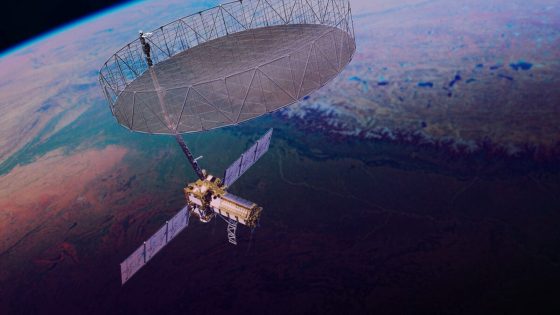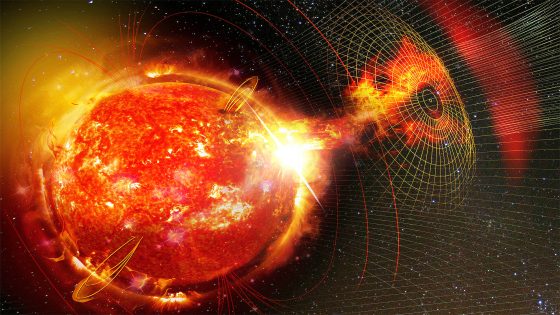The Earth constantly receives space signals that provide crucial insights into energetic cosmic phenomena. Among these signals are fast radio bursts (FRBs), brief pulses of high-energy radio waves that challenge our understanding of the universe. On March 2025, a team from Northwestern University made headlines by detecting one of the brightest FRBs ever recorded, marking a significant milestone in astronomical research.
- Fast radio bursts (FRBs) are high-energy signals.
- RBFLOAT is one of the brightest FRBs detected.
- Origin located in galaxy NGC 4141.
- CHIME telescope played a key role.
- RBFLOAT likely caused by extreme cosmic events.
- Future detections could reach 200 per year.
This pulse, named RBFLOAT, emitted energy equivalent to what the sun produces in four days. The researchers pinpointed its origin in a spiral galaxy 130 million light-years away, using advanced analysis techniques. This achievement not only highlights the capabilities of the CHIME radio telescope but also opens new avenues for understanding these enigmatic bursts.
What causes fast radio bursts remains a mystery. However, RBFLOAT’s location in a star-forming region suggests it may originate from extreme cosmic events like neutron star mergers or magnetars. This discovery raises intriguing questions about the nature of these phenomena:
- Could RBFLOAT provide insights into the lifecycle of massive stars?
- What implications does this have for our understanding of neutron stars?
As researchers refine their methods, the future looks promising for uncovering the secrets of fast radio bursts and their origins. Continued advancements in technology will surely lead to more discoveries, enhancing our cosmic knowledge.
































